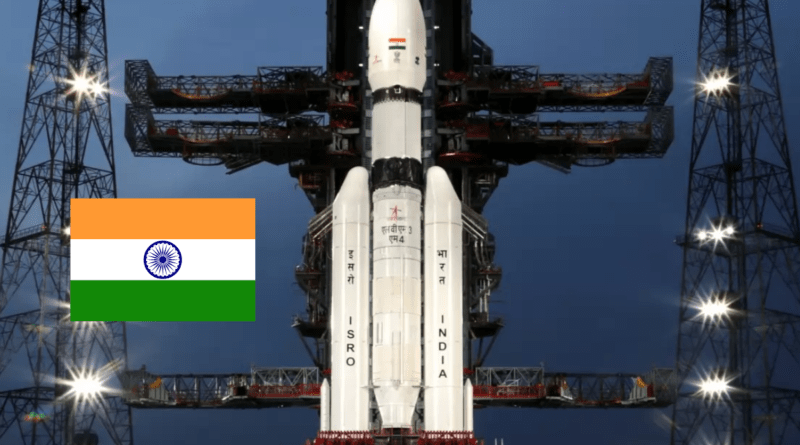India remarkably achieves a historic first with Chandrayaan-3 now
The Chandrayaan-3 landing module, known as “Vikram,” achieved history on Wednesday, August 23, when it landed on the Moon’s South Pole.
“This is the happiest moment of my life, and we can’t contain our enthusiasm when it lands down. Greetings to ISRO, the entire country, and the entire world are due right now. Research on the southern region of the moon will now be able to flourish as activity intensifies. Astronomer and professor RC Kapoor claimed that India is currently one of the world’s top four satellite organisations.
As soon as Chandrayaan-3 was a success, Prime Minister Narendra Modi called ISRO Director S. Somanath and complimented him from South Africa, where he was on an official visit for the 15th BRICS Summit.
The Vikram organisation’s lander attempted to achieve a soft touchdown on the moon using its computers on board and reasoning. The Chandrayaan-3 mission is the follow-up to the 2019 Chandrayaan mission, which ended in a lunar surface crash with the Vikram lander. Demonstrating the space agency’s competence to carry out a soft landing on the Moon is the mission’s main goal, and it is a straightforward endeavour.
The Chandrayaan-3 mission of the Indian Space Research Organisation (ISRO) landed after a 40-day voyage that began at the Sathish Dhawan Space Centre in Sriharikota. At 6:04 PM IST on August 23, Vikram delicately splashed down on the moon. ISRO declared that the mission’s automated touchdown procedure is prepared to begin prior to launch. It was scheduled to happen at 5:44 p.m. IST by the International Space Agency.
As the landing attempt has been successful, India has become a member of a select group of nations that have successfully made soft landings on the moon. The club currently comprises three participants: China, the Soviet Union, and the United States of America. The spacecraft’s systems were given the responsibility of performing all the heavy lifting at that point, whereas mission controllers at ISTRAC were unquestionably keenly watching it. The reason for this is that the moon’s radio signals typically take two seconds to broadcast or retrieve.
The propulsion system functioned properly for the landing to be successful. It has been designed in this way. It was designed to handle several failures because of the way it has been constructed.
In reference to the mission’s landing systems as a whole, ISRO chairman S. Somanath said earlier this month that if the computer programmes function properly, it ought to be possible to perform a vertical touchdown.
As an injection of inspiration for their future endeavours, many up-and-coming Indian entrepreneurs look to ISRO and its Chandrayaan-3 mission. The success of Chandrayaan-3 will help space entrepreneurs considerably by advancing space technology’s capacity for innovation and lowering its cost. While Moon may not be a short-term goal for entrepreneurs, adjacent development will benefit from ISRO’s tested technologies.

In accordance with Suyash Singh, co-founder and CEO of GalaxEye, “this achievement ignited a spark for a wave of space activities, talent, and assignments, strengthening the country’s space sector. An earth-observing satellite with several cameras is being built by the Bengaluru-based business.
As millions of people representing a variety of religious backgrounds united in prayer for India’s Chandrayaan-3’s successful landing on the unexplored South Pole of the Moon, a wave of enthusiasm and solidarity swept throughout the globe. Depending on their religious beliefs, people from every corner of the world were uniting to support this groundbreaking endeavour with unwavering commitment, showcasing the unifying principle of the exploration of space.
Special rituals, prayers, and celebrations have been enthusiastically undertaken to fervently solicit blessings for Chandrayaan-3’s victory everywhere, from the holy banks of the Ganges at Parmarth Niketan in Rishikesh to the heartland of the United States of America. In order to obtain divine intervention for the mission’s success, religious ceremonies representing numerous faiths were conducted around India. Notably, a Ganga Aarti was performed in honour of India’s lunar mission, highlighting the psychological significance connected to this amazing space adventure.




